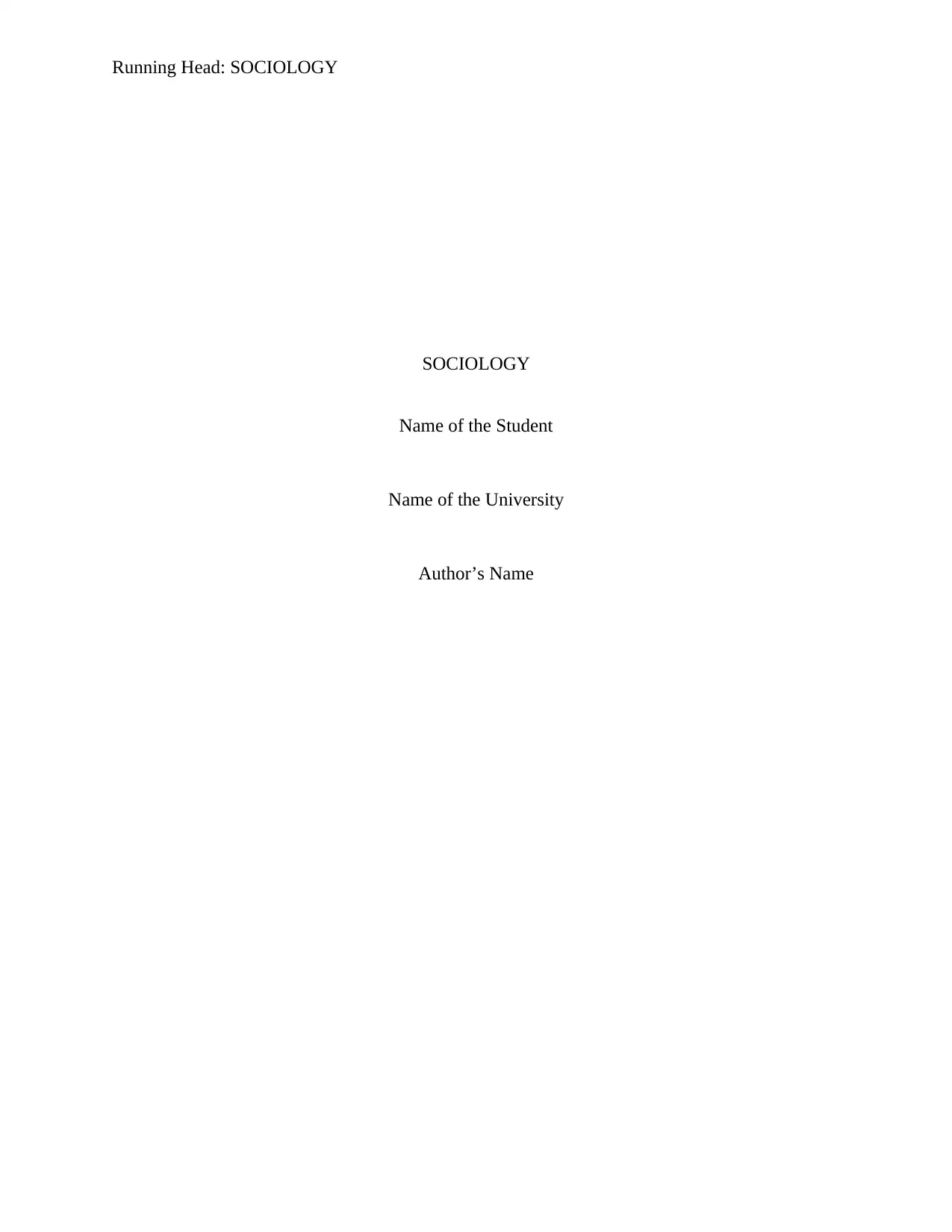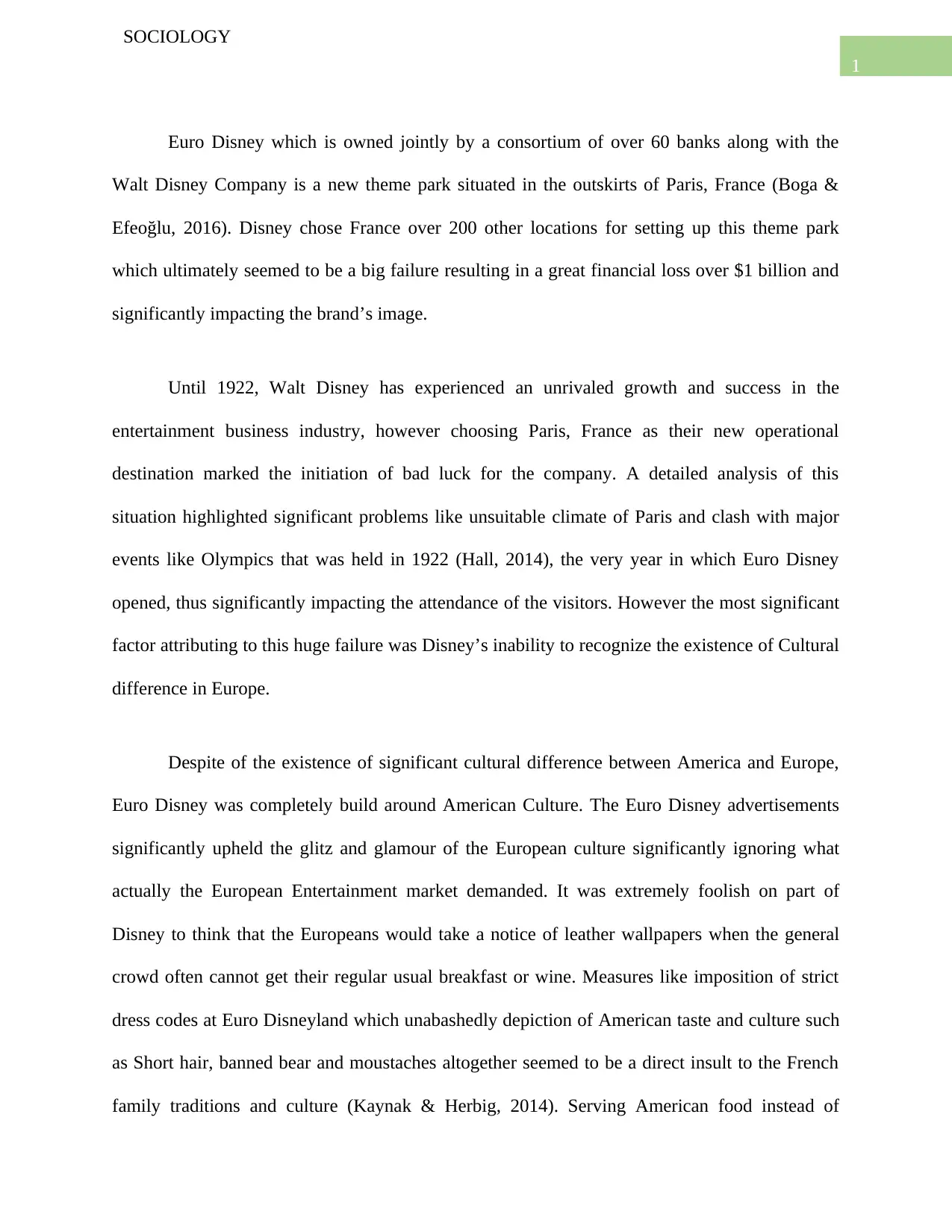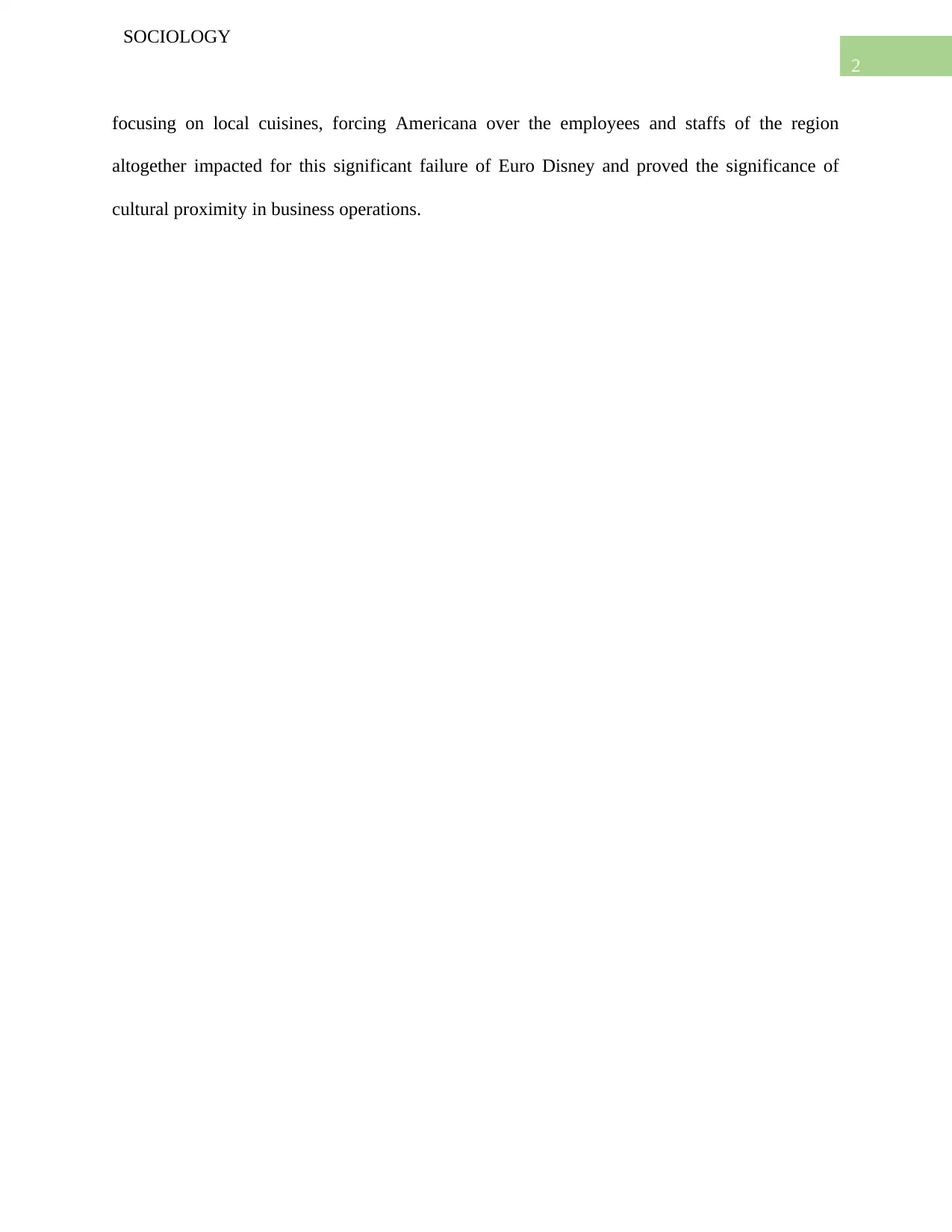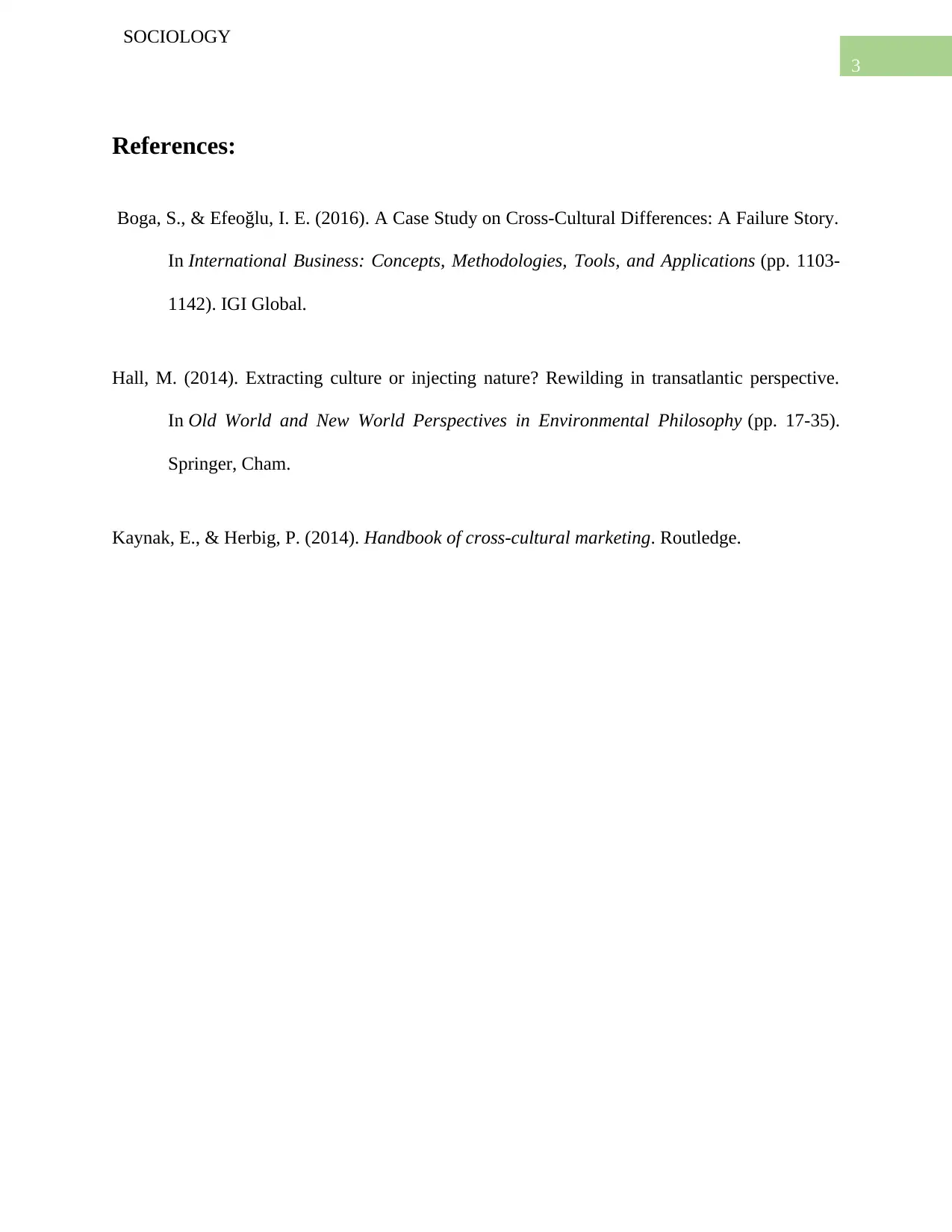Euro Disney Case Study: Cultural Differences and Marketing
VerifiedAdded on 2022/10/15
|4
|488
|17
Case Study
AI Summary
This case study analyzes the failure of Euro Disney, highlighting how cultural differences and a lack of understanding of the European market contributed to its downfall. The assignment examines the issues of ignoring local preferences, imposing American culture, and failing to adapt to European customs. The study points out the importance of considering cultural proximity in business operations. It also emphasizes the significance of understanding the local market, including factors like climate, major events, and cultural sensitivities to ensure success in international ventures. The study also delves into the specific marketing strategies that failed, such as promoting American food and imposing strict dress codes, demonstrating the impact of cultural insensitivity on a business's overall performance. The document includes references to support the analysis.
1 out of 4









![[object Object]](/_next/static/media/star-bottom.7253800d.svg)